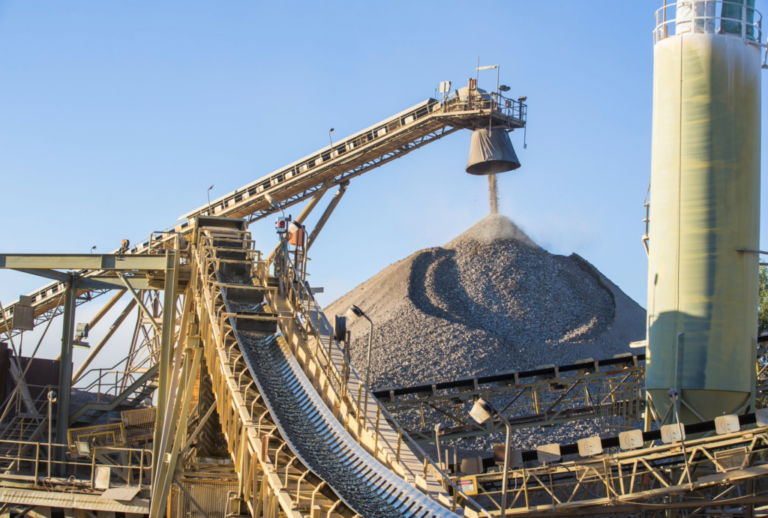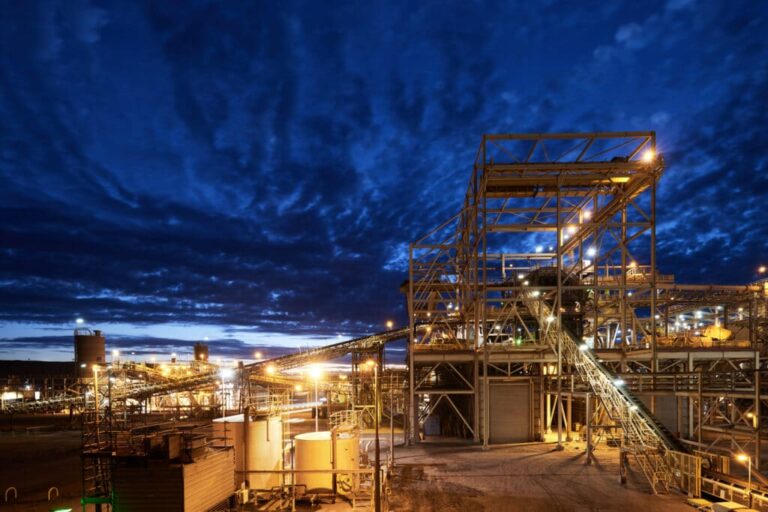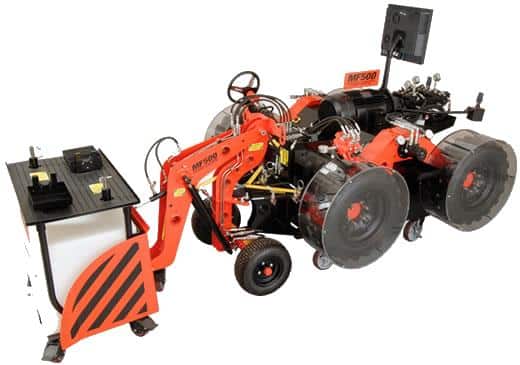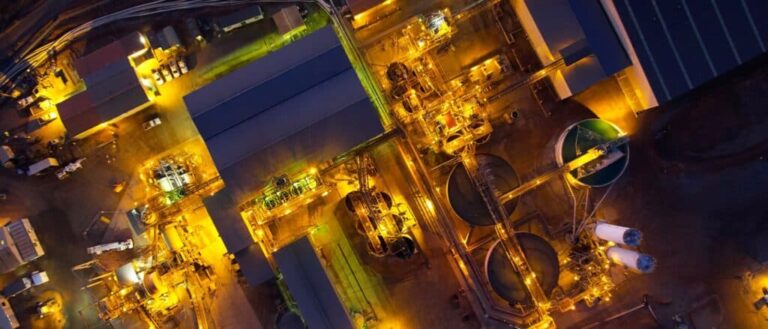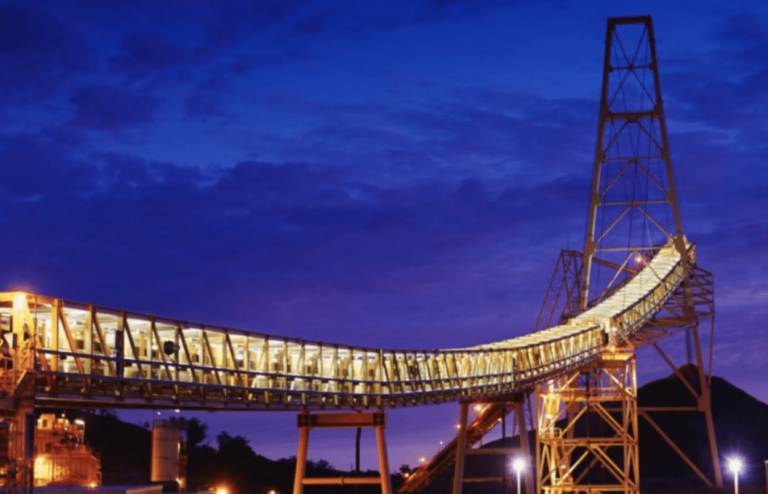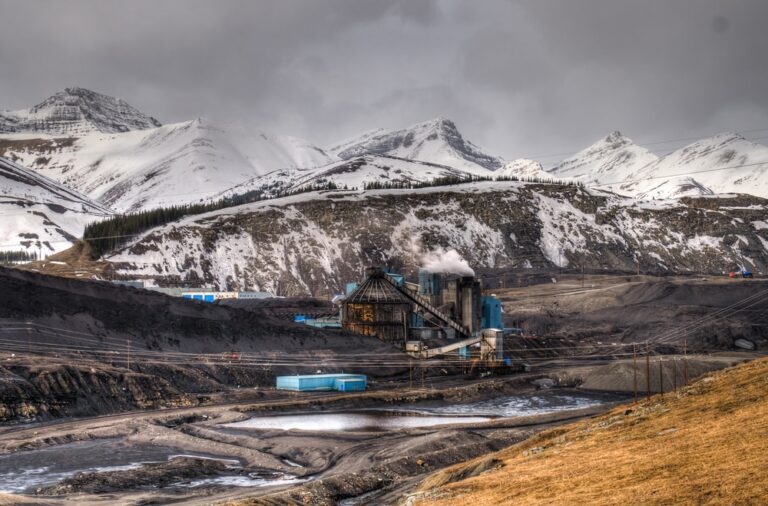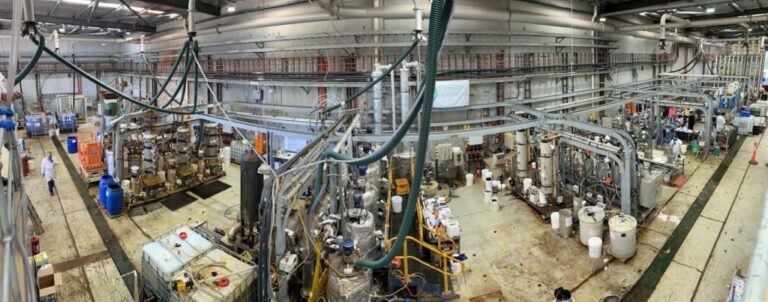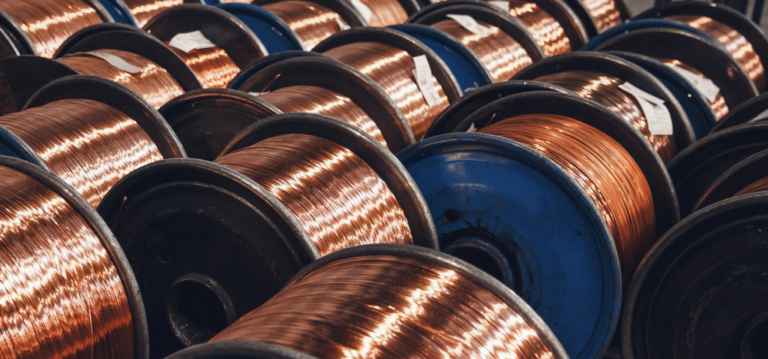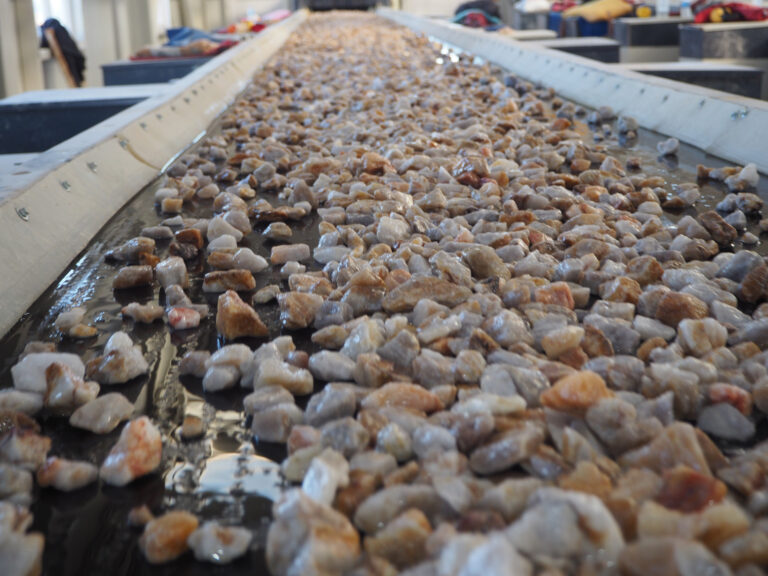TOMRA
A new, free-to-download publication outlines the different ways today’s advanced digital sorting data services can help mining operations stay in control at all times, take quicker action when necessary, and build a stronger collaboration across teams and departments.
Sensor-based sorting machines inspect every single piece of material that passes through the processing line, collecting a wealth of data. The digitalization of sorting-related services is opening up a world of new possibilities. The new e-book, titled ‘The Benefits of Data-driven Quality Control’, focuses on how to efficiently produce high-quality product with maximum control and minimum waste.
From a quality management perspective, every sensor in the sorters is a valuable source of information about the products that pass through them. Today’s sorting data services turn sorters into connected devices and provide a secure, near-live monitoring dashboard for the mine’s sorting lines. Mining processors are able to continuously monitor and optimize the sorting line’s output quality.
On-site observation, manual sampling and time-consuming reporting and communication become a thing of the past: the sorter itself provides a constant feed of information based on continuous product sampling on every object.
The standard approach of regularly checking metrics on individual machines provides ‘snapshots’ of the situation at specific moments in time, but do not provide a complete overview. The continuous access to quality data across machines, lines, processes and plants put mineral processors in control all the time. Machine operators are able to move fast as required, responding to changes in material composition on the line to ensure consistently high quality of the product.
A modern sorting data platform can be a powerful quality management tool by turning the data into actionable information by processing, enriching and visualizing it in easy-to-read graphs, creating customized reports and comparisons that provide valuable insights.
Automatically recorded, remotely accessible, objective data sets are available on any computer or mobile device, easily accessible by all members of the team, streamlining information sharing and collaboration. Managers can monitor remotely distant or difficult-to-reach mining sites from their offices, enabling them to make operational and business decisions based on experience and hard facts, also comparing and benchmarking data from different sites.
All these features enable mineral processors to optimize their decision-making and efficiency, ultimately increasing the profitability of their operation. These benefits are accessible through TOMRA Insight, the cloud-based data platform available to TOMRA machine users as a subscription-based service.
‘The Benefits of Data-driven Quality Control’ can be downloaded here free-of-charge.
About TOMRA Mining
TOMRA Mining designs and manufactures sensor-based sorting technologies for the global mineral processing and mining industries.
As the world market leader in sensor-based ore sorting, TOMRA is responsible for developing and engineering cutting-edge technology made to withstand harsh mining environments. TOMRA maintains its rigorous focus on quality and future-oriented thinking with technology tailor-made for mining.
About TOMRA
TOMRA was founded on an innovation in 1972 that began with the design, manufacturing and sale of reverse vending machines (RVMs) for automated collection of used beverage containers. Today TOMRA provides technology-led solutions that enable the circular economy with advanced collection and sorting systems that optimize resource recovery and minimize waste in the food, recycling and mining industries, and is committed to building a more sustainable future.
TOMRA has ~100,000 installations in over 80 markets worldwide and had total revenues of ~10.9 billion NOK in 2021. The Group employs ~4,600 globally and is publicly listed on the Oslo Stock Exchange (OSE: TOM). For further information about TOMRA, please see www.tomra.com
For more information on TOMRA Mining visit www.tomra.com/mining or follow us on LinkedIn, Twitter or Facebook.
Media Contacts:
Nuria Martí Kai Bartram
Director Global Sales Director
Alarcon & Harris PR TOMRA Mining
Phone: +34 91 415 30 20 Phone: +49 2630 9150 156
Email: nmarti@alarconyharris.com Email: TM-info@tomra.com
Web: www.alarconyharris.com Web : www.tomra.com/mining


